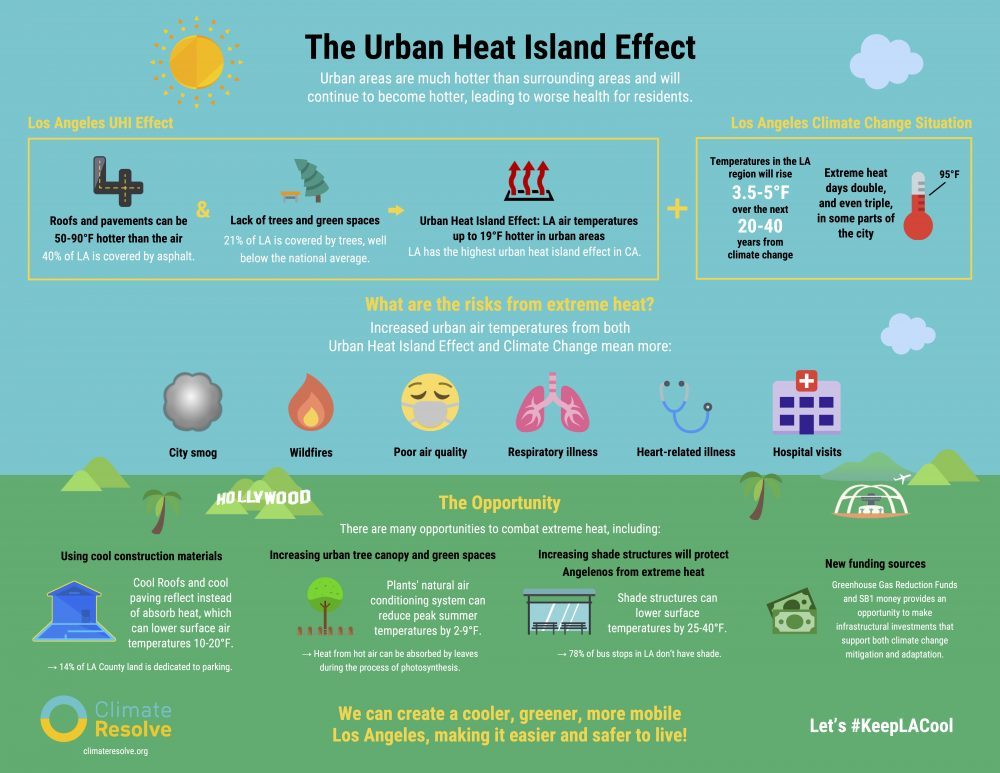The Process Behind Residential Solar Power Usage
The Process Behind Residential Solar Power Usage
Blog Article
Write-Up Created By-Mccoy Terp
When you think about residential solar energy, you may wonder how it in fact works. It begins with solar panels on your roofing system that capture sunlight. These panels have unique cells that transform sunlight into electricity you can utilize at home. However that's just the beginning. Understanding the modern technology and procedures behind it can disclose just how solar power not just powers your home however also profits the atmosphere. Interested about the specifics?
Recognizing Solar Panels and Their Functionality
Photovoltaic panel are the heart of any kind of domestic solar energy system, converting sunshine right into electrical power you can make use of. These panels contain numerous solar cells made from semiconductor materials, generally silicon. When sunlight strikes these cells, it delights electrons, producing an electric present. This procedure is essential for taking advantage of renewable energy in your house.
You'll discover solar panels mounted on roofs or in open spaces, placed to capture optimum sunshine throughout the day. They are available in numerous kinds, including monocrystalline, polycrystalline, and thin-film, each supplying different efficiencies and prices.
Selecting the appropriate type relies on your spending plan and power needs. By understanding simply click the following site , you can make informed decisions about your solar power system and its possible advantages for your home.
The Process of Solar Power Conversion
Once sunlight is captured by the solar panels on your roof covering, the procedure of converting that energy into usable electricity begins.
The solar panels contain photovoltaic (PV) cells that absorb the sunshine and generate straight current (DC) electrical power. This DC energy after that takes a trip to an inverter, where it's transformed into alternating present (A/C) electrical power, the type made use of in your house.
The inverter plays an essential function, guaranteeing that the electrical energy can power your home appliances and devices.
After conversion, the electricity streams through your home's electrical system, on-line. Any type of excess electricity can be returned to the grid or saved in batteries for later usage.
This effective conversion procedure allows you to harness the sunlight's power properly.
Integrating Solar Energy With Your Home's Electrical System
When you install a solar energy system, incorporating it with your home's electric system is essential for optimizing efficiency and making certain smooth operation.
You'll attach your solar panels to an inverter, which transforms the direct existing (DC) produced by the panels into alternating current (A/C) that your home usages.
It's also essential to have a compatible breaker and electrical wiring to handle the power flow safely.
If you generate even more energy than required, a web metering system lets you send out excess power back to the grid, making credits on your utility costs.
Normal upkeep and surveillance will certainly aid you maintain the system running smoothly, guaranteeing you get the most out of your solar investment while reducing your power expenses.
Conclusion
In summary, domestic solar energy is a wise way to harness the sunlight's power for your home. By mounting solar panels, you not just save money on energy expenses yet likewise add to a greener earth. The procedure of transforming sunlight right into functional electrical power is efficient and simple, allowing you to seamlessly integrate it with your home's electrical system. So, if you're looking to reduce your carbon footprint and delight in lasting financial savings, going solar is definitely worth considering!
